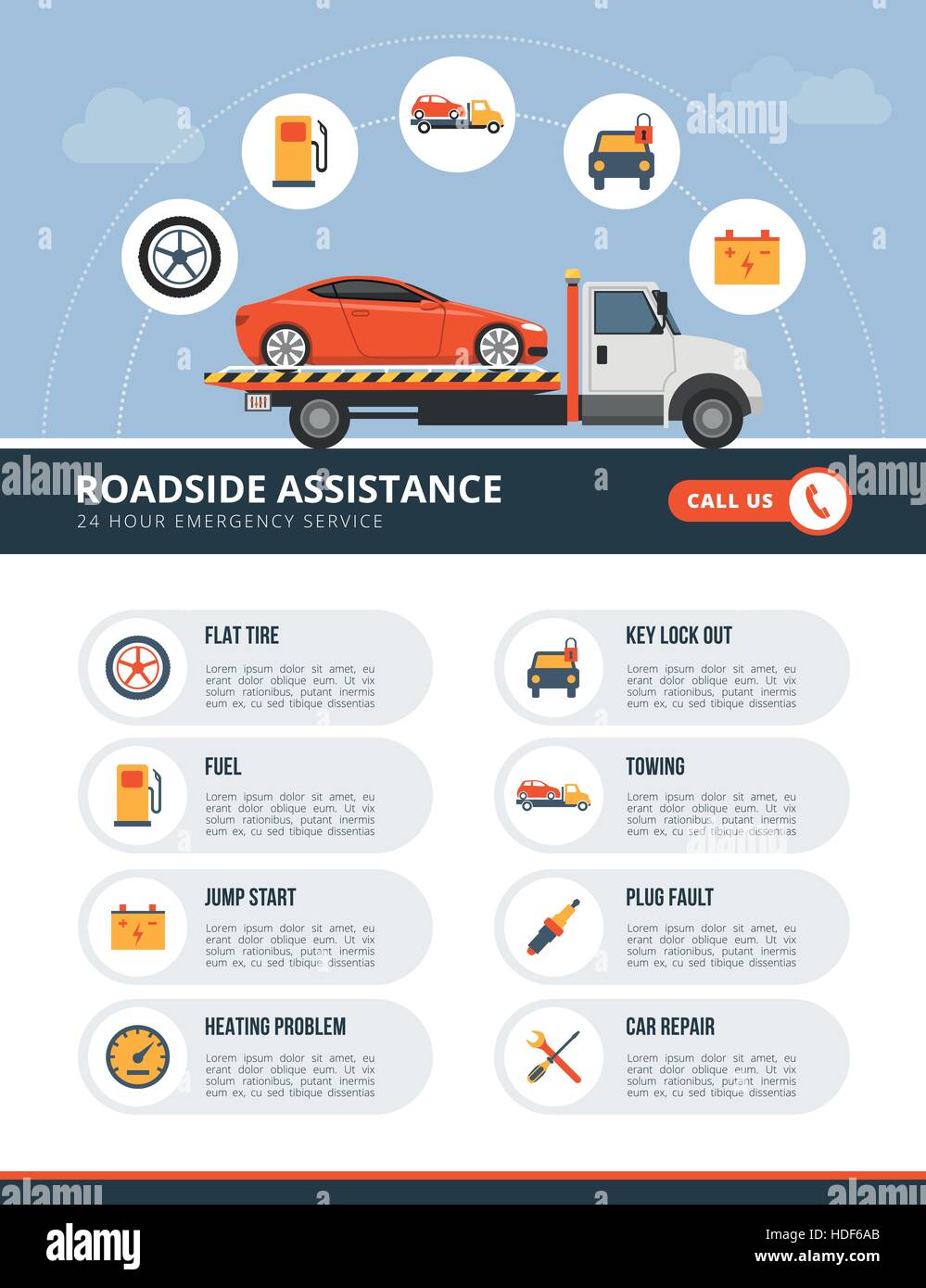Interpreting Your Vehicle'S Alert Lights: Their Real Implications
Interpreting Your Vehicle'S Alert Lights: Their Real Implications
Blog Article
clean car engine near me Produced By-Lauritsen Alvarado
When you're behind the wheel, those glowing warning lights on your control panel can be a bit puzzling. Do buffing cars near me understand what they're attempting to inform you about your vehicle's wellness? Recognizing the value of these lights is vital for your safety and security and the long life of your vehicle. So, the next time among those lights pops up, would not you intend to decipher its message precisely and take the essential actions to resolve it?
Common Warning Lights and Interpretations
Identify common caution lights in your auto and comprehend their definitions to ensure risk-free driving.
The most common caution lights include the check engine light, which indicates concerns with the engine or discharges system. If this light begins, it's critical to have your car checked immediately.
https://www.kbb.com/car-advice/car-leasing-guide/ cautioning light shows reduced oil pressure, requiring immediate attention to avoid engine damage.
A flashing battery light could recommend a defective billing system, potentially leaving you stranded if not attended to.
The tire pressure tracking system (TPMS) light informs you to reduced tire stress, influencing car security and gas performance. Disregarding this might cause hazardous driving problems.
The abdominal muscle light shows a problem with the anti-lock braking system, jeopardizing your capability to stop quickly in emergency situations.
Last but not least, the coolant temperature level cautioning light warns of engine getting too hot, which can cause extreme damage otherwise dealt with quickly.
Recognizing these common warning lights will certainly aid you address problems promptly and keep safe driving conditions.
Significance of Prompt Interest
Recognizing the typical caution lights in your cars and truck is only the first step; the significance of quickly attending to these warnings can't be stressed sufficient to ensure your safety and security on the road.
When a caution light brightens on your dashboard, it's your auto's way of connecting a possible concern that needs attention. Ignoring these cautions can lead to a lot more extreme problems down the road, compromising your safety and potentially costing you a lot more in repairs.
Trigger interest to alerting lights can stop malfunctions and crashes. For example, a blinking check engine light might indicate a misfire that, if left neglected, might create damage to the catalytic converter. Resolving this quickly can conserve you from a pricey fixing.
Likewise, a brake system advising light might signal reduced brake fluid or worn brake pads, important components for your safety when driving.
DIY Troubleshooting Tips
If you observe a caution light on your dashboard, there are a couple of DIY fixing ideas you can try before looking for expert aid.
The first step is to consult your cars and truck's handbook to comprehend what the particular caution light shows. In some cases the problem can be as basic as a loosened gas cap triggering the check engine light. Tightening up the gas cap might solve the issue.
Another usual concern is a reduced battery, which can activate various warning lights. Examining the battery connections for corrosion and ensuring they're secure may fix the problem.
If a caution light persists, you can try resetting it by detaching the auto's battery for a few mins and then reconnecting it. In addition, checking your vehicle's fluid levels, such as oil, coolant, and brake liquid, can aid troubleshoot cautioning lights connected to these systems.
Verdict
In conclusion, recognizing your cars and truck's warning lights is essential for maintaining your automobile running efficiently and securely. By without delay dealing with these alerts and recognizing what they mean, you can stay clear of costly repairs and possible breakdowns.
Keep in mind to consult your vehicle's handbook for specific information on each alerting light and do something about it accordingly to ensure a hassle-free driving experience.
Remain educated, remain secure on the road!
